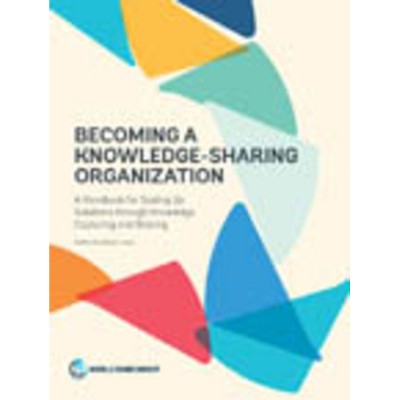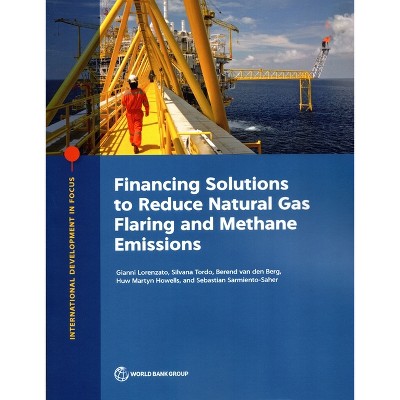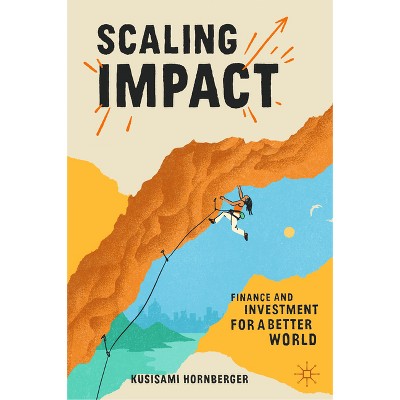Capturing Solutions for Learning and Scaling Up - by Steffen Soulejman Janus (Paperback)

About this item
Highlights
- Is your organization missing important lessons from its operational experiences?
- About the Author: The World Bank came into formal existence in 1945 following the international ratification of the Bretton Woods agreements.
- 124 Pages
- Business + Money Management, Business Communication
Description
About the Book
"This step-by-step guide describes how to systematically capture knowledge gained from operational experiences and use it to inform decision making and support professional learening. It shows how to assemble the captured lessons and takeaways in the form of knowledge assets--discrete and consistently formatted documents that present answers to one specific question or challenge. The guide assumes that the enabling work discussed in the World Bank handbook, Becoming a Knowledge-Sharing Organization, has already taken place. The intended audience for Capturing Solutions for Learning and Scaling Up includes professionals, mid-level managers, knowledge and learning experts, and IT specialists, particularly those in the public sector of developing countries"--Back cover.Book Synopsis
Is your organization missing important lessons from its operational experiences? This step-by-step guide shows you how to systematically capture such knowledge and use it to inform decision making, support professional learning, and scale up successes. The captured lessons--knowledge assets, the central element needed for learning--are consistently formatted documents that use operational experience to answer a specific question or challenge. The guide describes how to create and use knowledge assets in five steps: (1) identify important lessons learned by participants, (2) capture those lessons with text or multimedia documents, (3) confirm their validity, (4) prepare them for dissemination, and (5) use them for sharing, replication, and scaling up. Included tools, templates, and checklists help you accomplish each step.
About the Author
The World Bank came into formal existence in 1945 following the international ratification of the Bretton Woods agreements. It is a vital source of financial and technical assistance to developing countries around the world. The organization's activities are focused on education, health, agriculture and rural development, environmental protection, establishing and enforcing regulations, infrastructure development, governance and legal institutions development. The World Bank is made up of two unique development institutions owned by its 185 Member Countries. The International Bank for Reconstruction and Development (IBRD) focuses on middle income and creditworthy poor countries and the International Development Association (IDA), which focuses on the poorest countries in the world.Shipping details
Return details
Trending Non-Fiction






Discover more options





